![]() 26 Sep 2024
26 Sep 2024
Heat transfer is a fundamental process that plays a crucial role in numerous natural phenomena and technological applications. Understanding its mechanisms is essential for designing efficient heating systems, predicting weather patterns, and comprehending the thermal dynamics of various systems.
How is Heat Transferred? – Conduction, Convection, Radiation
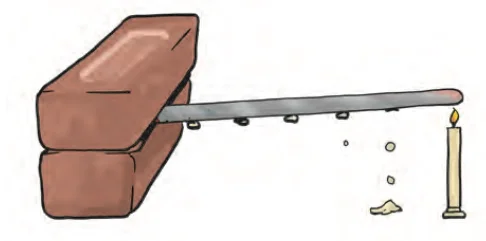
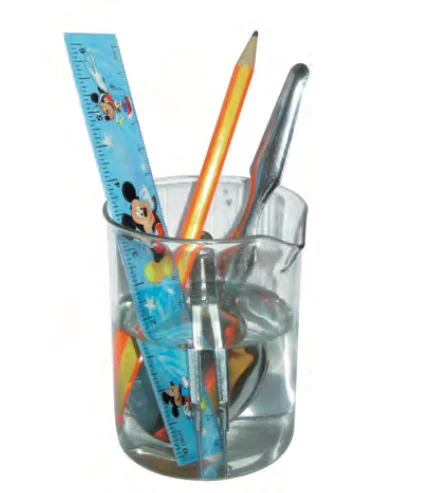
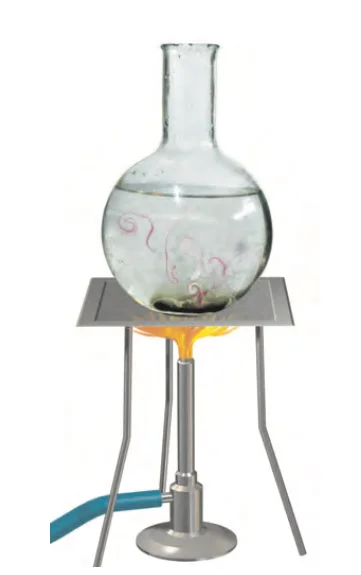
Temperatures in Summer and Winter: Clothing and Insulation Essentials
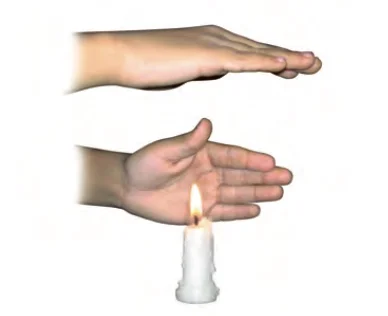
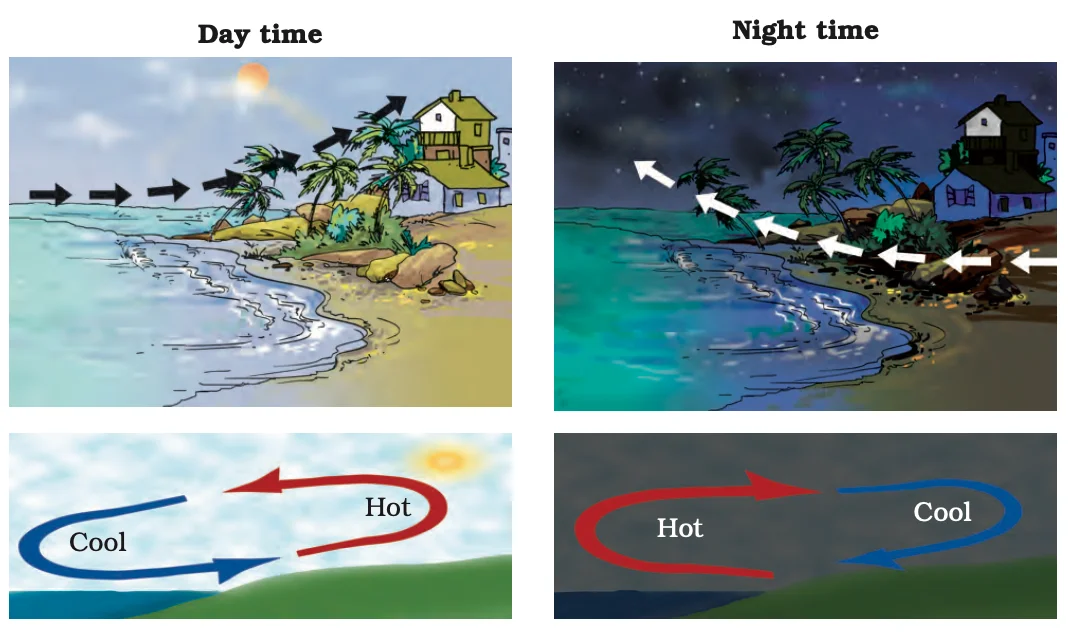
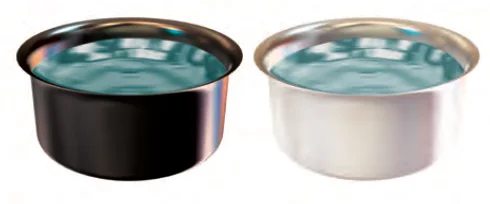
<div class="new-fform">
</div>
